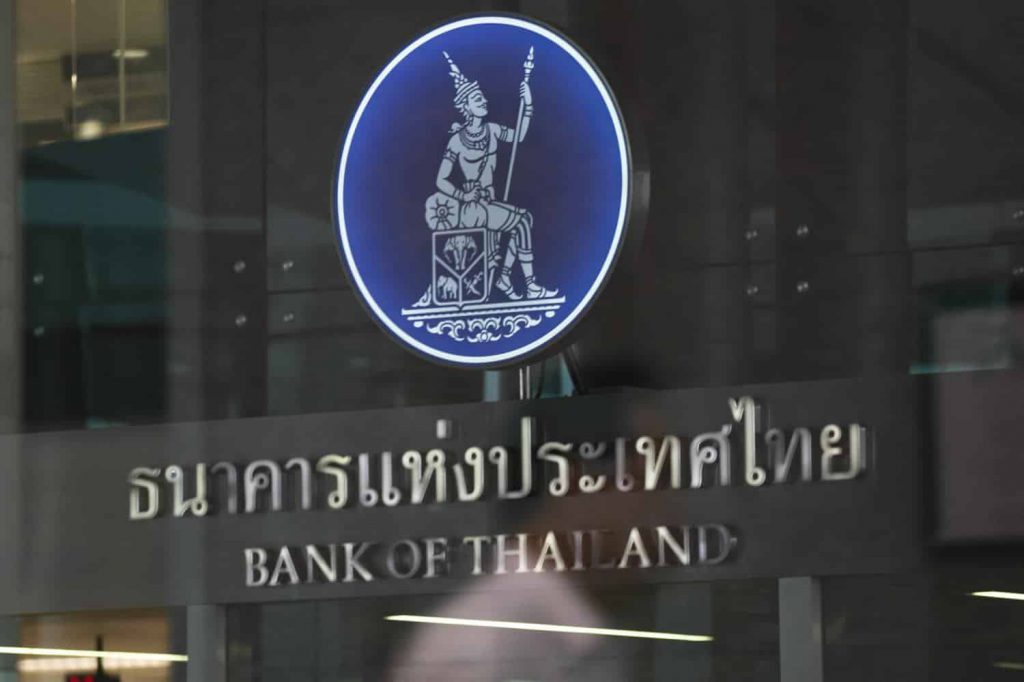Thai economy continued to recover in December but remained uneven, says Bot
In December 2020, the Thai economy continued to recover but remained uneven. The new wave of COVID-19 outbreak emerged in the end of this month has been starting to affect some economic activities.
Although private consumption indicators remained in expansion, the new wave of the outbreak started to impact traveling and consumer confidence.
Merchandise exports value turned to expand following the improvement of trading partners’demand. Private investment indicators expanded at a higher rate from investment in equipment and machinery. Public spending expanded from capital expenditures.
However, the tourism sector persistently experienced a severe contraction due to travel restrictions on foreign tourist arrivals.
On the economic stability front, headline inflation was less negative due to an increase in energy prices. On labor market, the unemployment rate slightly declined as the number of employed persons increased whereas non-farm income dropped.
The current account registered a smaller deficit owing to a larger surplus in trade balance when a deficit of net services, income and transfers remaining close to the previous month.

Details of the economic conditions are as follows:
Private consumption indicators still expanded compared with the same period last year, from increased spending on durable goods, partly due to low base effect last year. However, the seasonally adjusted private consumption indicators declined from the previous month due to spending on services affected by the new wave of COVID-19 outbreak.
As a result, travel activities and consumer confidence were affected especially in the area where containment measure strictly implemented.
Merchandise exports expanded, the first time in 10 months
The value of merchandise exports expanded, the first time in 10 months, by 4.6 percent from the same period last year. Exports improved in almost all categories in line with trading partners’ demand, coupled with the recovery in the global electronics cycle supporting Thailand electronics product exports substantially.
Manufacturing production turned to contract mainly from sugar production. However, production in automotive and parts, electrical appliances, and integrated circuit and semiconductors continued to expand in line with higher domestic and external demand for those products.
Private investment indicators expanded at a higher rate
Private investment indicators expanded at a higher rate from the same period last year, due to improved investment in machinery and equipment particularly newly registered motor vehicles and capital goods imports. This was consistent with the gradual recovery in domestic and external demand. However, investment in constructions contracted at a rate close to the previous month.
Public spending, excluding transfers, continued to expand from the same period last year. Capital expenditures highly expanded due to the disbursement from the central government, partly due to the low base effect from the delayed enforcement of the FY2020 budget last year. State enterprises’ capital expenditures continued to contract. Meanwhile, current expenditures slightly contracted from purchases of goods and services.
The value of merchandise imports was flat from the same period last year, after contracting at 3.3 percent in the previous month. Several import categories turned to expand, including raw materials and intermediate goods, capital goods, and consumer goods, consistent with the gradual improvement in the overall economic activities.
Foreign tourist arrivals continued to severely contract
The number of foreign tourist arrivals continued to severely contract from the same period last year as travel restrictions remained in place. The number of foreign tourist arrivals increased from the previous month after the government relaxed some travel restriction measures, but remained small.
On the stability front, headline inflation was less negative from energy prices. Core inflation was unchanged from the previous month. On labor market, the unemployment rate slightly declined as the number of employed persons increased.
Although the unemployment rate and the number of jobless claims in social security system dropped, it remained high reflecting vulnerability in labor market. The current account registered a smaller deficit owing to a larger surplus in trade balance when a deficit of net services, income and transfers remaining close to the previous month.
Overall economic activities in the fourth quarter of 2020 recovered continually, but remained uneven.
Private consumption indicators turned to expand, due to the gradual recovery in household purchasing power, supports from government stimulus measures, and temporary factor from additional special long holidays.
Even though overall private consumption improved, household purchasing power remained vulnerable and uneven across income group and geographical area. Merchandise exports value contracted at a softer pace, following the recovery in trading partner’s demand. Private investment indicators turned to expand, in line with improvement in demand and business sentiment.
As a result of the recovery in domestic and external demand, manufacturing production contracted at a softer pace. Public spending expanded from capital expenditures, partly due to low base effect of the delayed enactment of the FY2020 budget last year.
However, the tourism sector continued to contract severely due to travel restrictions on foreign tourist arrivals.
On the stability front, headline inflation was less negative due to an increase in energy and fresh food prices. Meanwhile, core inflation decreased. Labor market improved, in line with the economic recovery, but remained vulnerable and uneven. The current account registered a deficit after a surplus in the previous quarter, as trade balance recorded a smaller surplus due to gold imports.



